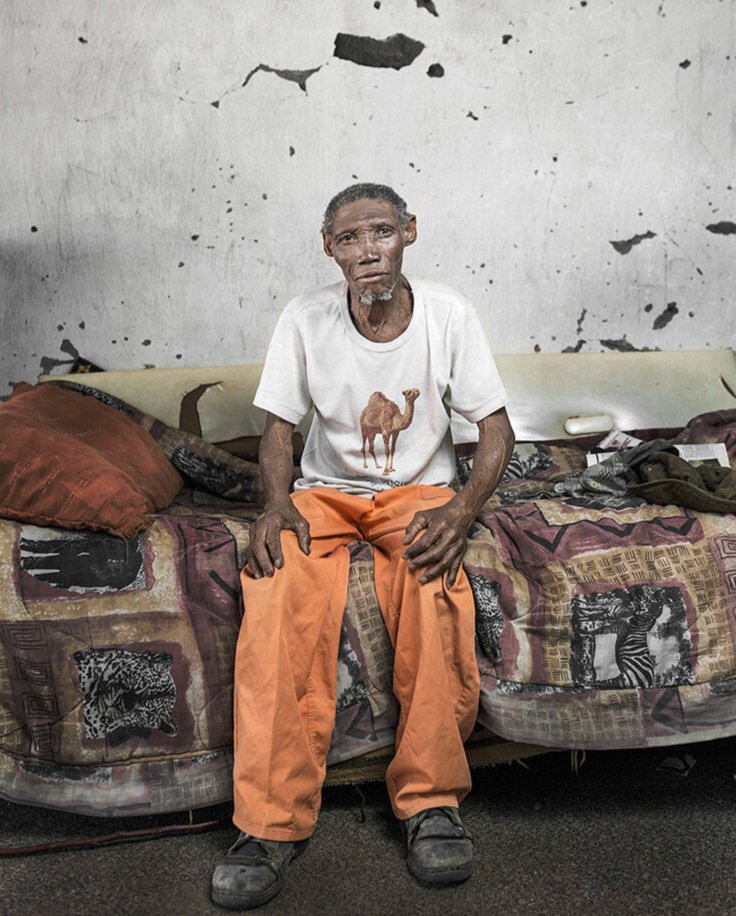ANDRIESVALE
In 1995 a group of tradional Khoi-San made a claim to the South African government for the return of the land from which their ancestors were forcibly moved to make way for the Gemsbok National Park. To strengthen the claim, they invited others with demonstrable lineage to form a new clan called ‡Khomani. In 2002 this new "community" was awarded land ownership in the park, although denied the right to live there. In its place they were given the right to live a traditional lifestyle on farmland near the park borders but without support from the government.
The most populated of these farms is Andriesvale. In the middle of the Kalahari Desert, it is 180km to the nearest town and hospital. Contrary to popular belief, even the most traditional of the ‡Khomani do not live in skins, journeying out to hunt wild animals and gather plants. Instead, they wait for the change they have been promised - the electricity, houses and services that they still expect but have so far been denied. The animals that they would like to hunt are inside the park and the little money that they have comes in the form of small government grants or inadequate wages from piecemeal employment. The money doesn't go far and is quickly used to support large extended families. It is spent on food, tobacco and alcohol from the bottle store that the nearby tourist lodge has conveniently opened to cash in on the vulnerability of the community.
This series is an exploration of the changing visual nature of identity, a challenging of redundant social stereotypes and a reminder of South Africa's forgotten, First People.
Donkey Cart Under Tree - Andriesvale
Home of Sara Rooi
Hortsie Boesman
Anna-Marie Jacobs and her siblings
Juliena Rooi and Children
Elia Festus
Ousie Swartz
Katrina Willamiena Watbooi
Sanna and Adam Witbooi
Home of Adam Griekwa
Vetkoek Sweeping The Yard
Jacobus and Mietha Van Wyk
Gert Tieties
Rasha-Ann Brou
Carolina 'Chocce' Brou
















